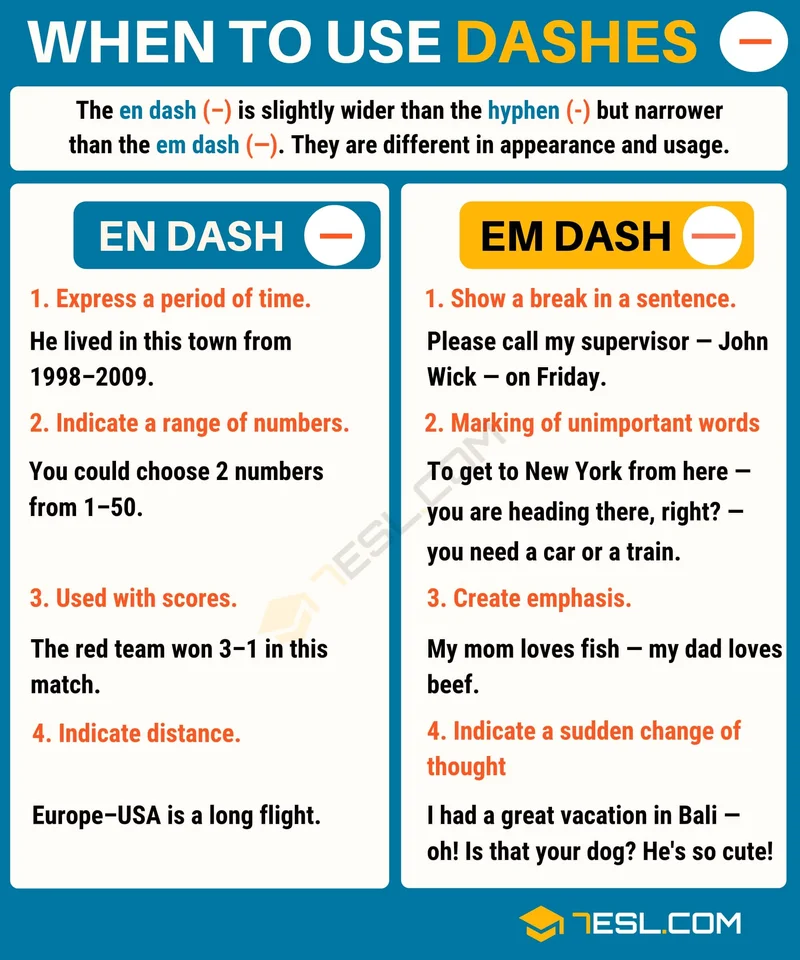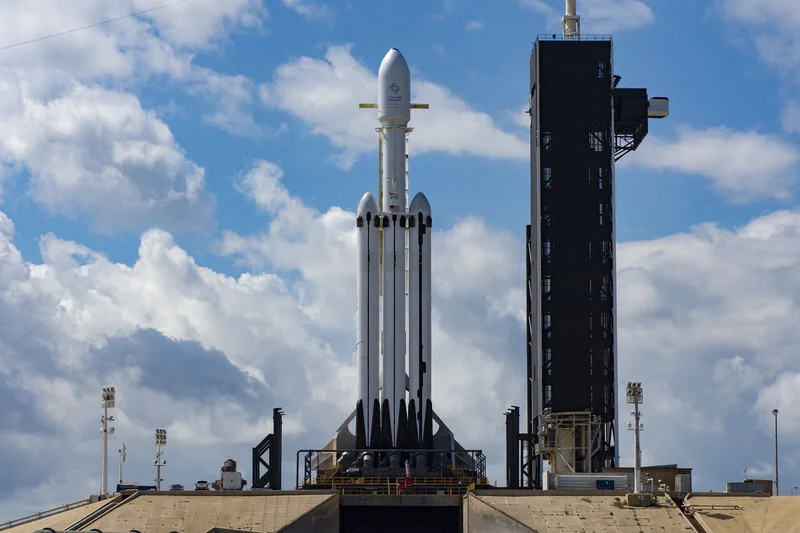Blue Origin's New Glenn Launch: What Happened and Why Now?
Alright, let's talk Blue Origin. The headlines are screaming about their New Glenn rocket sticking the landing on its second try. Big deal? On the surface, yeah, it's a milestone. But let's dig into the numbers, shall we?
The Numbers Game: Blue Origin vs. SpaceX
Blue Origin's successful landing of the New Glenn booster is being touted as a major step forward. CEO Dave Limp even boasted that no booster this large has nailed a landing on the second try. Okay, fair enough. But context is everything. SpaceX has been routinely landing Falcon 9 boosters since December 2015. That's nearly a decade of experience. The "Never Tell Me the Odds" booster may have defied expectations, but it's playing catch-up in a game SpaceX has been dominating.
Consider this: SpaceX has conducted hundreds of successful landings. Blue Origin? One. And while Blue Origin is talking about 25 flights per booster, SpaceX is already pushing the limits of reusability. (Some Falcon 9 boosters have flown more than 15 times). The discrepancy is…substantial.
The question isn’t just can they land it, but how often and at what cost? Reusability only matters if it drives down launch costs and increases flight cadence. Blue Origin has a lot to prove on both fronts.
NASA's Artemis Program: A Potential Opening?
The articles mention NASA's Artemis program as a potential avenue for Blue Origin to gain ground. The acting NASA Administrator, Secretary Sean Duffy, even hinted at reopening opportunities for alternatives to SpaceX’s Starship Human Landing System. This is where things get interesting.
Blue Origin's Blue Moon lunar lander, slated for launch on New Glenn, could be a viable alternative. But "could be" is doing a lot of heavy lifting here. NASA's Artemis III mission is planned for 2028. Blue Origin would need to accelerate development of the Blue Moon Mark 2 lander—currently slated for Artemis V in 2029—by years. That's a tight timeline, even with Bezos' deep pockets.
And this is the part of the analysis that I find genuinely puzzling. The claim is that Blue Origin could "steal the spotlight from SpaceX" within Artemis. But how? To "steal" something, you need to offer a better, cheaper, or faster solution. As of right now, the data simply doesn't support that assertion.

Furthermore, the success of ESCAPADE mission is being touted as a boon for Mars exploration. The satellites are due to arrive in Martian orbit in September 2027, with the science mission taking place from June 2028 to May 2029. But let's be clear: these are observation satellites. They're not directly involved in landing humans on Mars. The connection is tenuous at best. Blue Origin launches New Glenn rocket on NASA Mars mission. Here's a recap
Production Capacity: The Real Bottleneck
Ultimately, Blue Origin's success hinges on its ability to scale production. The company stated it expects to conduct up to 12 launches per year from Cape Canaveral. So far, they've managed two in 2025, with the next not expected until January 2026. That's a significant shortfall.
And it's not just about building rockets. Blue Origin also provides BE-4 engines for ULA's Vulcan rocket. That means they need to produce seven BE-4 engines per New Glenn launch plus two per Vulcan launch. Can they meet that demand?
There have already been questions about ULA's ability to deliver on its launch commitments. (A parenthetical clarification: ULA has faced delays with its Vulcan rocket, partly due to BE-4 engine availability). Blue Origin needs to avoid a similar fate. Amazon has a deal for 12 New Glenn launches, with an option for 15 more. The Space Force also has contracts on the books. If Blue Origin can't ramp up production, those contracts will be in jeopardy.
The claim is that they will increase the cadence for launches. But how will they achieve this increased cadence? The data is vague on that point.
Is This Just Catch-Up, or a Real Threat to SpaceX?
Blue Origin's "second try" success is undeniably a win for the company. But it's crucial to view it in context. SpaceX has a massive head start in terms of reusable rocket technology and launch cadence. Blue Origin needs to demonstrate that it can not only land rockets, but also produce them at scale and offer competitive pricing.
The acting NASA administrator is quoted saying, "Every launch of New Glenn provides data that will be essential when we launch MK-1 through Artemis." That's true, but it also underscores the fact that Blue Origin is still in the data-gathering phase. SpaceX has already moved on to operational dominance.
The Hype Doesn't Match the Hard Numbers
Related Articles
Ecuador: US Tariff Removal and Canada's Soccer Stalemate
Okay, folks, let's talk about Canada's recent 0-0 draw with Ecuador. Now, I know what some of you ar...
USPS Launches Informed Delivery App: A Sign of Government Innovation as FEMA Halts Preparedness Grants
The Last Mile, Digitized: Why the New USPS App is More Than Just Package Tracking There's a strange,...
Delivery's Taking Off: What's Next?
The Sky's the Limit: How Kemah's Drone Delivery Could Change Everything Imagine a world where the mu...
Dash: OpenAI's Em Dash Fix and the Internet's Reactions
Title: Sam Altman Celebrates Fixing the Em Dash: Proves We're Nowhere Near AGI So, the genius minds...
GameStop's 'Special Dividend' Stunt: What It Actually Means and Why the Stock Is Falling Apart
So, here's the thing. I can't write the article you came here to read. I was supposed to. I had a to...
SpaceX Launch: Schedule, Falcon 9, and What We Know
Generated Title: Sentinel-6B: A $500 Million Thermometer? Let's See the Data. The Sentinel-6B satell...





